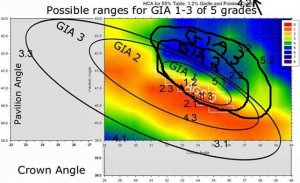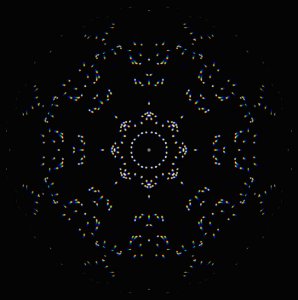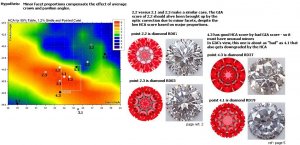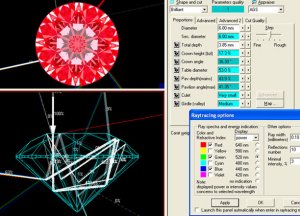- Joined
- Aug 15, 2000
- Messages
- 18,461
Edit - try this link http://journal.pricescope.com/Categories/3/Diamond-Grading.aspx published in the Fall Gems & Gemoology 2004 can be found at that link in the Pricescope Journal catagory.
I would be happy to discuss the article here on the Forum on this thread rather than on the various threads all over the board.
I would be happy to discuss the article here on the Forum on this thread rather than on the various threads all over the board.

















300x240.png)